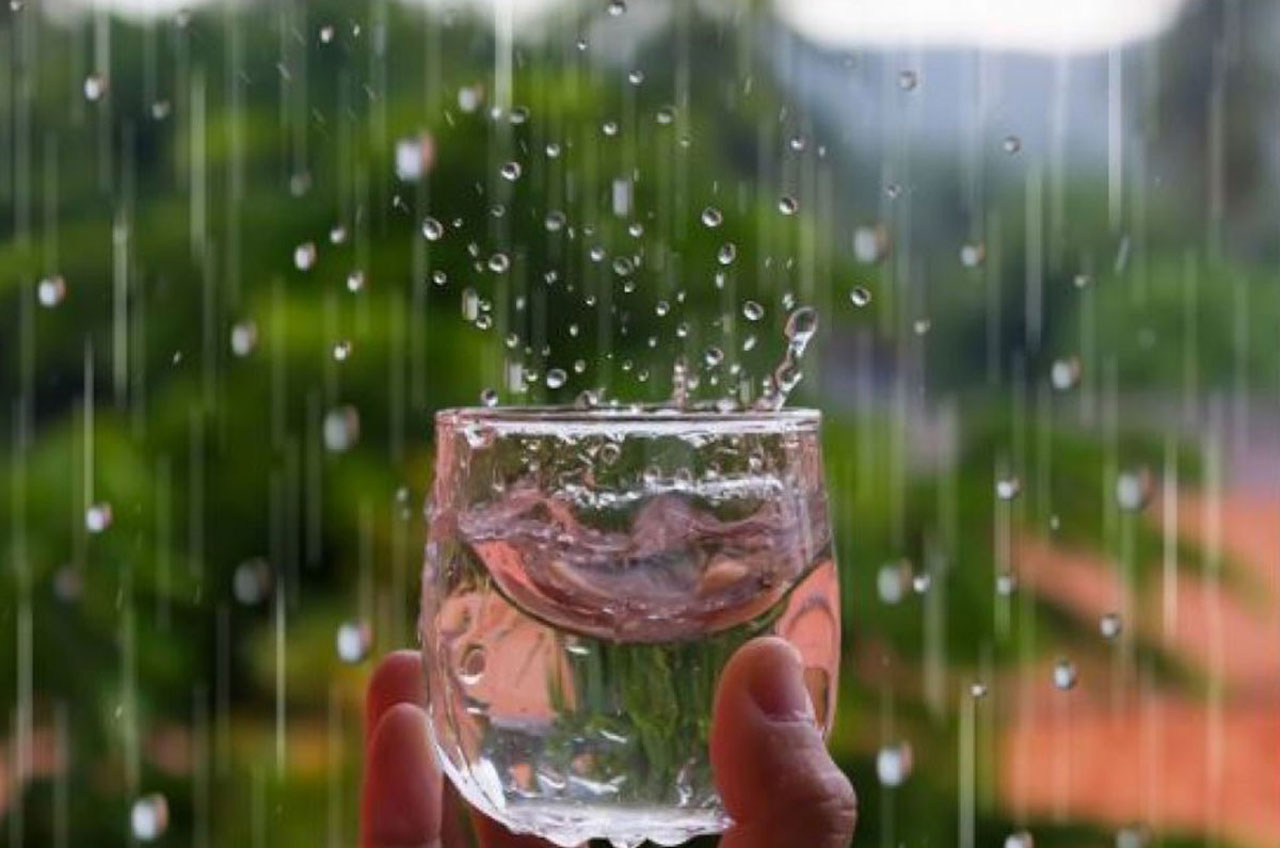Rainwater too Polluted for Safe Drinking Even in Remote Regions
It's infused with harmful chemicals produced by consumer and industrial products
Do you love to dance in the rain or probably like to store rainwater to drink? If so, you need to STOP. According to a new study by researchers from ETH Zurich and Stockholm University, water acquired through rainwater harvesting is no longer safe for drinking. The rainwater throughout the world is now too polluted for drinking purposes.
As per the study, rainwater includes per- and poly-fluoroalkyl substances (PFAS), which are human-made chemicals, that are produced due to the manufacturing of various consumer and industrial products. These chemicals are also called ‘forever chemicals,’ as they do not decompose in the environment. Since these chemicals have spread worldwide, they are found everywhere in rainwater and snow, even in the most isolated and remote areas on the earth.
In the press release, the guideline values for PFAS in surface waterways, drinking water, and soils have lowered drastically over the last two decades due to higher toxicity. For instance, the drinking water guideline value for the popular PFAS class called the cancer-causing perfluorooctanoic acid (PFOA) has been reduced by 37.5 million times in the United States.

Image: Facebook
According to the new U.S. guidelines for PFOA, drinking water and rainwater would be considered unsafe for consumption globally. While we don’t drink rainwater in the industrial world, many people throughout the world consider it safe for drinking. However, due to the presence of harmful chemicals, rainwater is unsafe for consumption.
As per the U.S. Centers for Disease Control and Prevention (CDC) review, there are various underestimated potential health risks of PFAS. Some of these health risks are liver damage, cancer, fertility issues, thyroid disease, and a higher risk of asthma.
Therefore, Dr. Jane Muncke, Managing Director of the Food Packaging Forum Foundation in Zürich, Switzerland, has pointed out to work on the reduction of PFAS. It means that the researchers need to work on finding ways to reduce the contact of toxic industrial chemicals with natural water resources. So far, we are clueless about how it would work. We hope that scientists soon find out a solution to this rising environmental problem.
Via: Popular Mechanics


